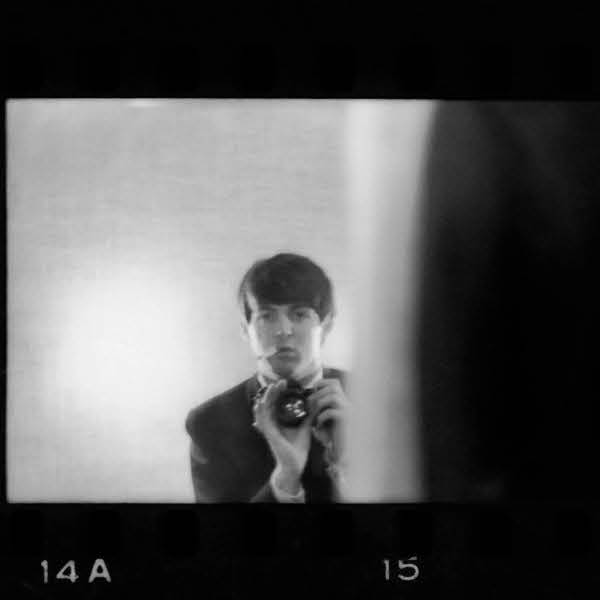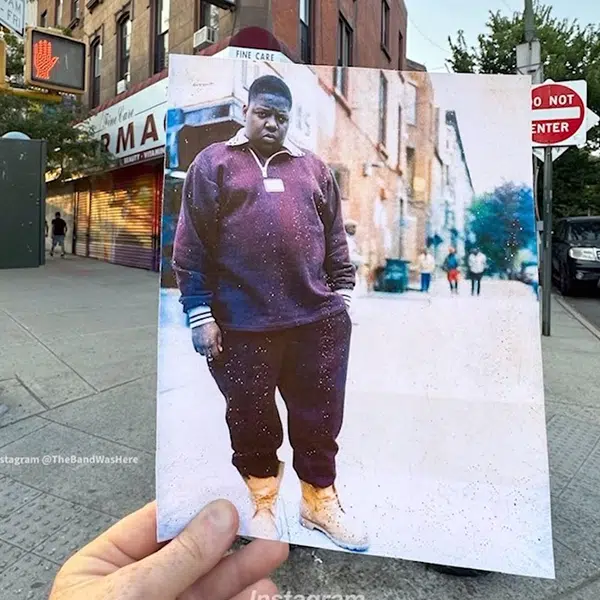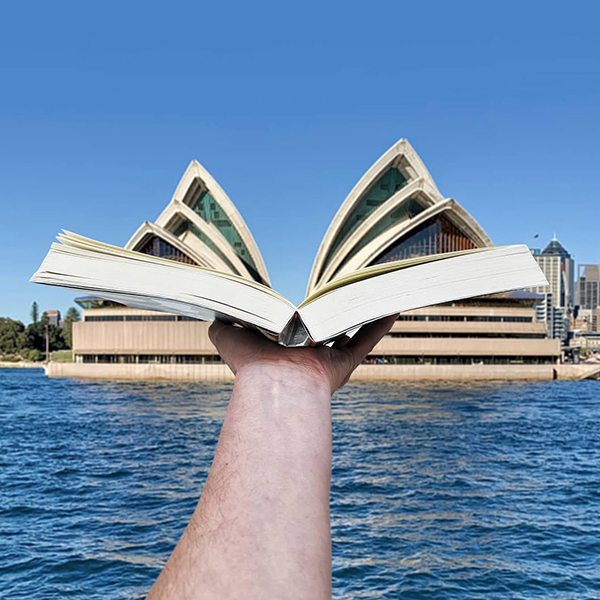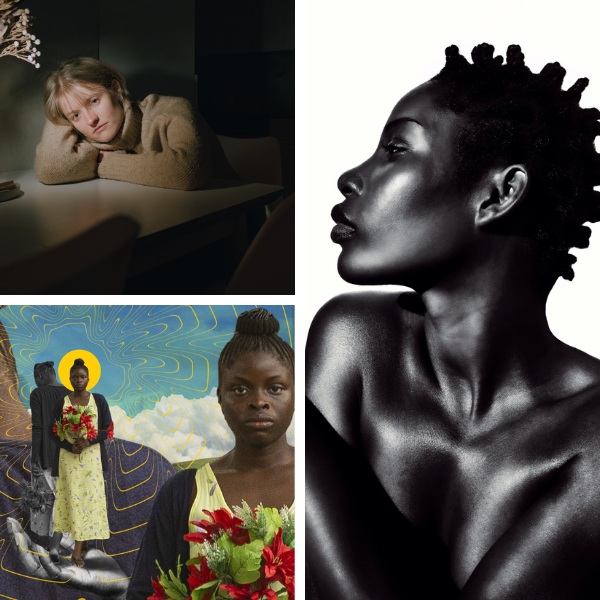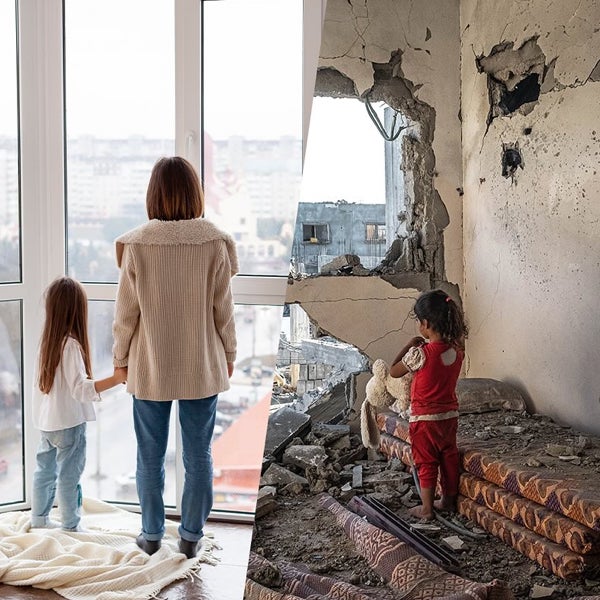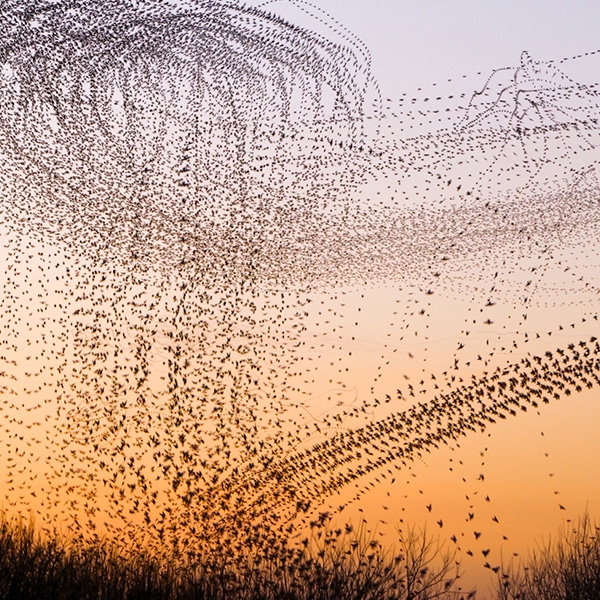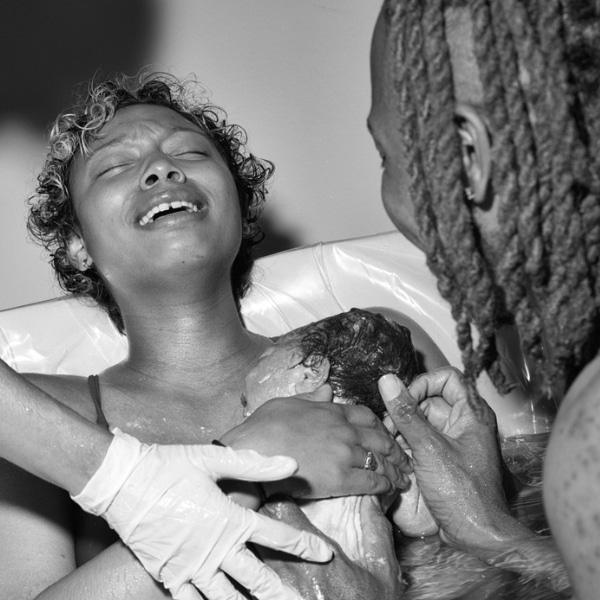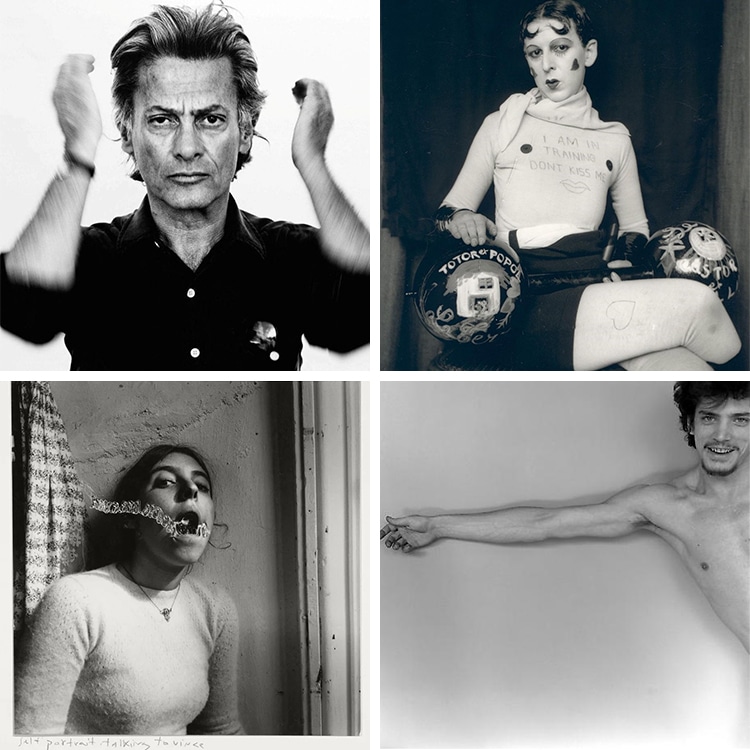
Not long after the invention of photography came the first self-portrait, snapped in 1839 by Robert Cornelius. And as much as self-portraiture has been a hallmark of painters throughout art history, photographers have continued this grand tradition. As humans, our face and body have incredible storytelling capabilities, so it makes sense that many artists take advantage of what's closest.
Just what is it about turning the lens on themselves that stimulates photographers? For many famous self-portrait photographers, their body is a canvas on which they can layer ideas and burrow into their inner psyche. For others, it's a commentary on society, with the work picking apart familial roles and gender identity. This genre of photography can also be cathartic, a visual expression of inner emotions or a photographic diary.
In this age of the selfie, it's easy to think “isn't a self-portrait the same thing as a selfie?” Not exactly. Artistic self-portraits are carefully composed photographs where the photographer, having full control of his or her body, is able to push their artistic expression to new heights. Photographer Deana Lawson, who takes a self-portrait at least once a year, views the practice as “an occasion for the artist to construct her representation through her own medium, be it a camera or a paintbrush or what have you. It’s an opportunity to declare who you are visually and who you aspire to be.”
This idea of representing oneself visually reveals itself constantly. Depending on the photographer, this can be a raw, emotional self-portrait or a playful, charming portrait that shows a character. The more casual selfie is often seen as different by its intent. Not as cultivated as a self-portrait, quickly snapped selfies are meant to be seen and consumed as quickly as they are taken. Conversely, many self-portrait photographers carry out longterm projects that can only be appreciated when seen as a whole. Others, like Vivian Maier, keep their work completely hidden until long after they've passed.
These famous self-portrait photographers have created art in their own images, immortalizing themselves in the process.
Man Ray
Dada and Surrealist artist Man Ray dabbled in many art mediums but is best known for his contributions to photography. An early image, Self-Portrait with Camera, shows him manipulating his camera to emphasize his craft, much in the same way Old Masters portrayed themselves with brushes in their painted self-portraits.
Throughout his life, Man Ray would continue with self-portraits, often dressing up. Whether donning a turban or women's clothing, he used his photography to capture different sides of his persona. Man Ray firmly divided his photography from his work in other mediums, stating “I photograph the things that I do not wish to paint, the things which already have an existence.”
Claude Cahun
View this post on Instagram
French photographer Claude Cahun produced a stunning series of self-portraits in the 1920s, disguising herself as a vampire, angel, and skinhead, among other costumes. She was a prolific writer as well, with her writings pointing to her identifying as agender, though most academic articles refer to her using female pronouns. Often working with her partner Marcel Moore, her self-portraits focus on undermining gender roles and delve into questions of identity.
Ashley Lumb of the Hemera Collective writes, “If we read anything into her portraits, it is their ‘inquisitive' properties, their openness to the question ‘Who am I?' Cahun never conformed to a particular identity, and constructed her self-image to cross over between discourses of the fashionable, the avant-garde, the bohemian, the androgynous, the lesbian and the revolutionary.”
Vivian Maier
View this post on Instagram
American street photographer Vivian Maier’s work was largely unknown until after her death in 2009. Using photography as a mode of expression away from her day job as a nanny, she shot over 150,000 photos, many of which are self-portraits. Maier’s self-portraits show her in her role as a photographer, something that was otherwise hidden during her lifetime. Often inserted in reflections in mirrors and windows, they show her as the silent observer she was of life in Chicago. Her self-portraits tell us about how this mysterious woman wished to be portrayed, rather than how she was known in her daily life. Read more about her self-portraiture in the book Vivian Maier, Self-Portraits.
Andy Warhol
View this post on Instagram
While people don't always associate Andy Warhol with photography, it was a fundamental part of his creative process. Often working with Polaroids due to their speed and ease, Warhol shot a large number of self-portraits, some of which were later adapted into silkscreens.
A recurring theme in Warhol's self-portraits is drag. He often donned different wigs, which points back to his fascination with role-playing and artifice. He collaborated on these images with Christopher Makos, with the series inspired by Man Ray's 1920s work with Duchamp, in which they created a female alter ego for the artist. Instead, his self-portraits with a skull show him embracing his mortality, using the memento mori trope—a reminder of death, that has been common since the medieval period.
Francesca Woodman
View this post on Instagram
Known for her haunting black and white portraits, American photographer Francesca Woodman can often be characterized as a tragic figure. Her work was largely ignored by the establishment during her life, and after struggling with depression, she took her own life at the age of 22. Posthumously, her work took on new meaning. Surrealist and conceptual, she often used long exposures and slow shutter speeds to create her ghostly work. As for using herself as the model? “It’s a matter of convenience—I’m always available.” Learn more about Francesca Woodman’s work in Phaidon’s monograph.
Richard Avedon
View this post on Instagram
As someone who once said, “my portraits are more about me than they are about the people I photograph,” it's no wonder famed photographer Richard Avedon also left behind many self-portraits. This legend of fashion and portrait photography captured himself at several times throughout his career.
His self-portraits from the 1960s show him proudly as the young, upcoming fashion photographer at Harper's Bazaar and Vogue. Later in life, they take on an introspection that certainly came with maturity. As a photographer known for getting close to his celebrity subjects, making them feel comfortable enough to capture unexpected moments, it's interesting to see how this translates when the lens is pointed in the other direction.
Trish Morrissey
View this post on Instagram
Contemporary artist Trish Morrissey uses herself as a protagonist in her photography, carrying out complex projects that explore family relationships and relationships between strangers, among other themes. One of her most well-regarded projects, Front, sees the photographer insert herself in “family” portraits with complete strangers. In another, Seven Years, Morrissey stages herself and her old sister in a series of tableaus meant to mimic classic family snapshots.
“I use performance and wit as tools to investigate the boundaries of photographic meaning. Although most of my work features myself as the protagonist, I don't consider them to be self-portraits per se, though they can be read that way,” Morrissey writes of her work. “I use humor as a tool to disarm the viewer, which I hope evaporates leaving a slow burning psychologically tense afterglow.”
Robert Mapplethorpe
Legendary and controversial photographer Robert Mapplethorpe, best known for his sexually charged black and white images, immortalized his own image throughout his career. His self-portraits reflect his wish to both carefully cultivate his “cool” image and to reflect different dimensions of his personality.
Nearing the end of his life—Mapplethorpe died from AIDS-related complications in 1989—his self-portraits turn introspective. No longer donning a guise, the images focus on the photographer's face peering out from the shadows, as though facing his own mortality.
Jo Spence
View this post on Instagram
The late British photographer Jo Spence is often characterized as a feminist figure in the field. For the first part of her career, her photographs, using herself as the model, played with ideas of gender roles after she abandoned a career as a studio photographer shooting weddings and children. After her cancer diagnosis in 1982, her self-portrait photography was a cathartic outlet as she grappled with her illness. It became an honest diary to confront the changes with her body and allowed her to change the power dynamic of the illness, giving her the ability to rewrite her history.
While she beat her initial cancer battle, she passed in 1992 from leukemia. Her work gained importance after her death. “Her work stands out for being so open: she was not ashamed nor scared of showing her body at its most vulnerable, naked and scarred from surgery the images are incredibly powerful,” shares Niamh Coghlan, gallery director at Richard Saltoun, which has exhibited Spence’s work. “There has been a lot of interest in her work, work which can often be unsettling in its openness. It’s almost confrontational in its openness.”
Cindy Sherman
View this post on Instagram
No list of self-portrait photography would be complete without Cindy Sherman. Working in photography since the late-1970s, she acts as a chameleon in her own work, disguising herself as an ever-changing range of characters. Her work has made her an influential leader in contemporary art, and her photograph Untitled #96 set a record at auction in 2011. It was sold at Christie’s for $3.89 million, making it the most expensive photograph ever sold at the time.
Sherman’s work unfolds in series, which was left open to interpretation by the viewer. She’s known for her meticulous detail in makeup and costumes, as well as her acting ability, which allows her to morph into different figures. Interestingly, Sherman doesn't view her work as self-portraiture. In explaining her creative process she said, “Everyone thinks these are self-portraits but they aren't meant to be. I just use myself as a model because I know I can push myself to extremes, make each shot as ugly or goofy or silly as possible.”
This article has been edited and updated.
Related Articles:
6 Themes Photographer Cindy Sherman Explores With Her Evocative Portraits
10 Facts About Ansel Adams, the Pioneering Photographer and Environmentalist
Jacob Riis: The Photographer Who Showed “How the Other Half Lives” in 1890s NYC
Learn How the Affordable Kodak Brownie Camera Made Photography Accessible













































































